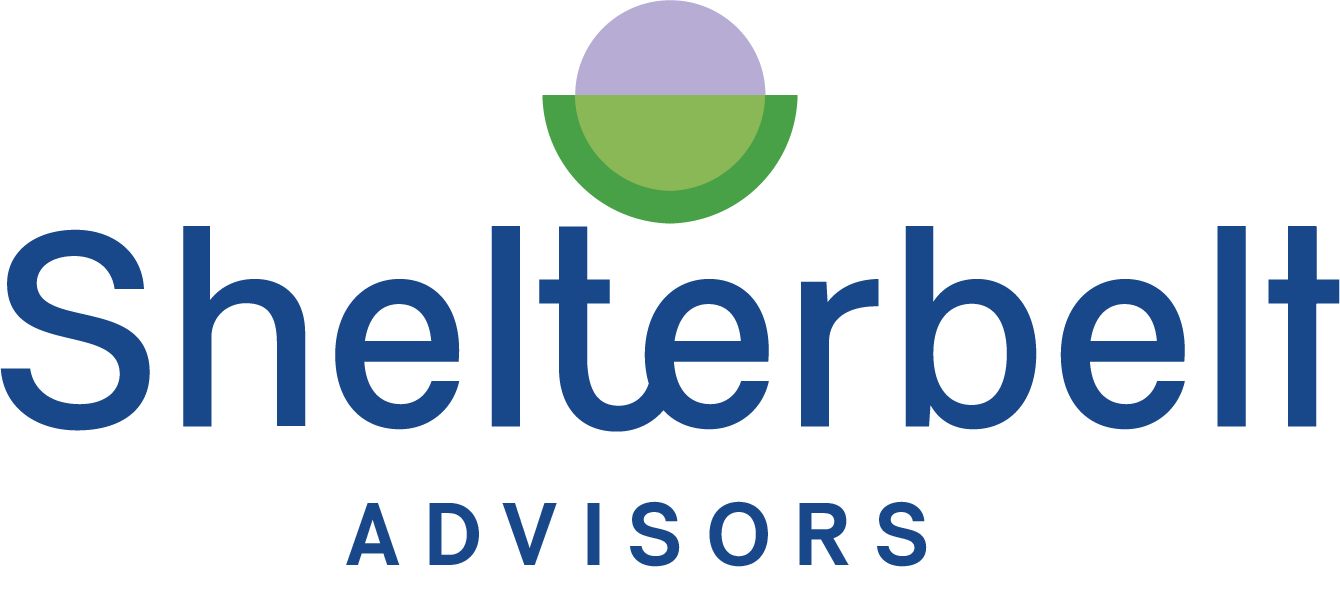Why $0 in Net Income is Worse Than You Think (and What You Can Do About It)
Farmers know that some years aren’t profitable — and between creative bookkeeping, strategic depreciation, business pivots, and irregular income, it’s not uncommon for farms and other small businesses to show a loss on their tax returns.
While paying no taxes sounds like an upside to a down year, it’s actually a problem. Here are seven reasons why having $0 in business income is hurting you—and what you can do about it.
Why $0 in Net Business Income Is a Problem
You’re Not Taking Advantage of the Standard Deduction
If you report $0 in taxable income, you’re wasting the opportunity to earn up to $14,600 (single) or $29,200 (married filing jointly) tax-free for 2024. A smarter move would be to report at least enough taxable income to take advantage of this built-in tax break.You’re Missing Out on the Lowest Tax Brackets
The U.S. tax code is progressive, meaning the first chunk of your income is taxed at the lowest rates—10% and 12%. If you have no taxable income, you’re missing out on the chance to lock in these low rates before future income (or tax law changes) push you into higher brackets.You’re Not Paying Into Social Security
If you look at your Social Security statement and see years of $0 earnings, that’s a red flag. Social Security benefits are calculated based on your highest 35 years of earnings, and missing too many years can significantly reduce your retirement benefits.To put it in perspective: Missing just five years of contributions could reduce your lifetime Social Security benefits by over $51,600*. That’s money you could be relying on later in life. Contributions at lower income levels provide an especially good return on investment.
*There are assumptions about Social Security benefits baked into this calculation.
You Can’t Make IRA or Roth Contributions
Without earned income, you’re ineligible to contribute to an IRA or Roth IRA. That’s a “use it or lose it” tax-advantaged savings opportunity slipping through your fingers each year.You Could Be Freezing Yourself Out from Financing
Showing low-to-no income may save a few tax dollars this year but that could come at the expense of future financing opportunities — be they in the form of loans, grants, or equity investors. A healthy bottom line should take priority.You Could Be Missing Out on Key Tax Credits
Certain tax credits require you to have earned income. Without reporting at least some taxable income, you could be leaving thousands of dollars on the table. To name a few:Earned Income Tax Credit (EITC) – A refundable credit worth up to $7,830 (depending on income and family size for 2024).
Child Tax Credit (CTC) – Worth up to $2,000 per child, with up to $1,600 refundable.
Saver’s Credit – A tax credit for contributing to retirement accounts, reducing taxes owed.
And that’s just on the federal side. There are state tax credits and deductions for farms and small business owners that add up, too.
Hobby Loss Anxiety
The IRS doesn’t want hobby activities to create losses that offset income. Too many negative years in a row can trigger a business audit, putting you on the defensive. If you are on the risk-averse side, being in the red in just a single year may trigger anxiety. And anxiety usually leads to sub-optimal decisions.
How to Fix It: 5 Income Moves to Get You Above $0
If your Schedule C or Schedule F show $0 net income (or a loss), here are five ways to adjust and capture some of those missing tax benefits:
Review Depreciation
Are you writing off equipment purchases too aggressively with Section 179 or bonus depreciation? Stretching depreciation over multiple years instead of claiming it all at once can smooth out your taxable income.Reevaluate Business Expense Allocations
Farm expenses like utilities, cell phones, and vehicles often have a personal-use portion. Double-check your allocations to ensure you’re deducting the appropriate amount rather than claiming business deductions for personal use.Advance Next Year’s Income To the Current Year
If your business model can swing it, consider invoicing earlier or pushing some payments into the current year to bring up your taxable income. Especially if you plan to be in a higher tax bracket the upcoming year.Use the Alternative Social Security Calculation
Farmers who don’t show enough earned income for Social Security can sometimes use an alternative method to qualify for benefits. This is worth exploring if your net earnings are consistently low.Take Guaranteed Payments
If your farm operates as a partnership, guaranteed payments to partners are considered earned income—even if the farm’s total net income is $0. These payments help secure Social Security benefits and retirement contributions.
Two Bonus Tax Moves You May Not Know About
Beyond ensuring your farm income isn’t zero, there are two additional tax strategies you can use if your income is on the lower side:
Capital Gains Harvesting
If you have investments in a taxable account, you can sell assets for a gain and pay 0% tax on capital gains (if you’re in the 12% income tax bracket or below). It’s a powerful wealth-building move.Roth Conversions
If you’ve contributed to a traditional IRA or a business retirement plan, you can convert some of those funds into a Roth IRA at a lower tax rate. Paying tax now at 10-12% can save you a lot compared to withdrawing at higher rates in the future. Talk to a financial planner, these can be tricky.
The Bottom Line
You don’t have to pay a lot in taxes—but ideally you do want to show some income. By making strategic adjustments, you can take advantage of refundable credits, secure your Social Security benefits, make yourself attractive to lenders, and build long-term wealth with tax-advantaged savings.
Even if you’re not making much on paper, structuring your income to report some earnings each year can make a big difference today and on down the road.
Are you ready to report some income today? (Okay, it doesn’t sound so great when I put it that way). Let’s talk.




